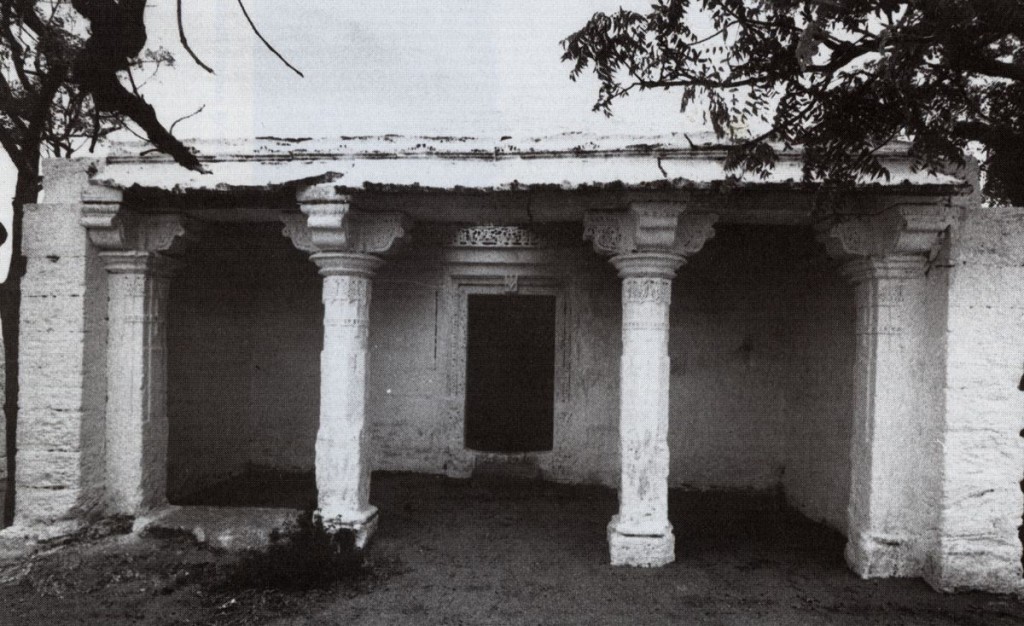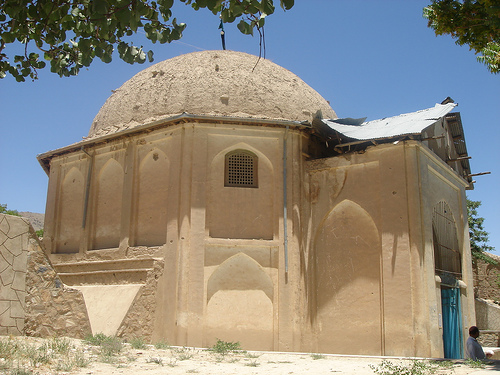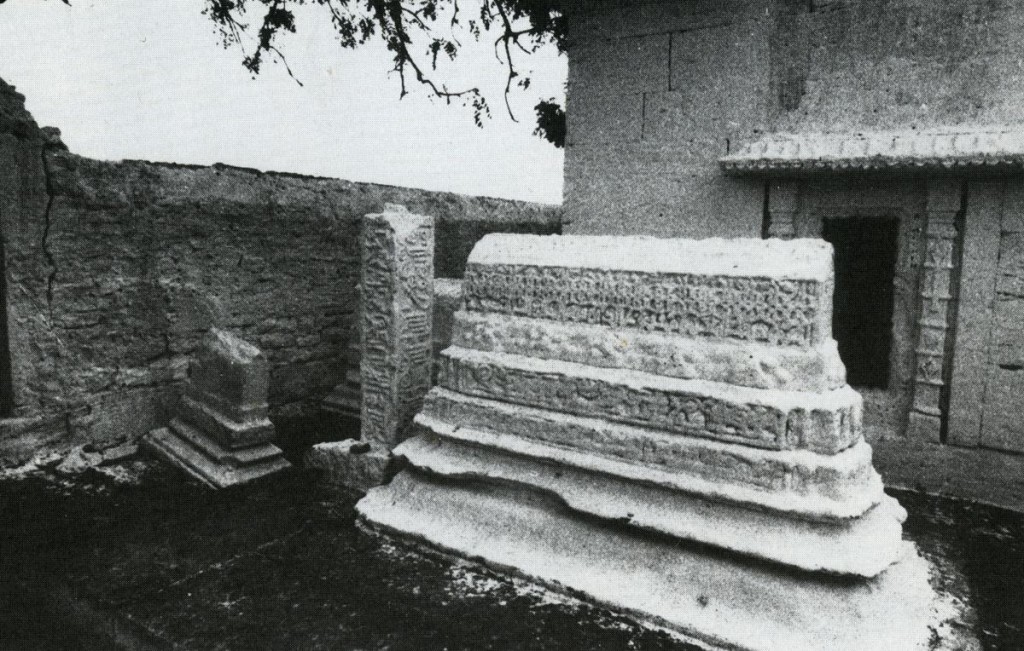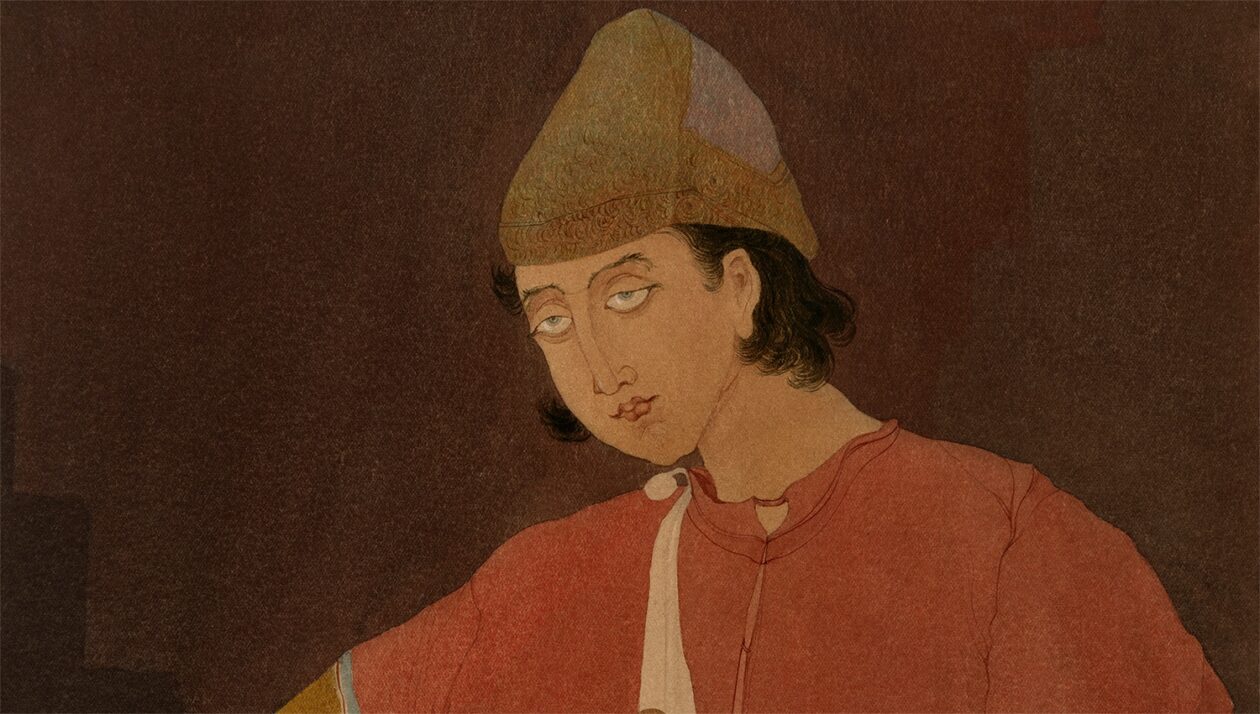ISMAELIS IN PUNJAB
VIOLENT CONFRONTATIONS
Sultan Mahmud and Multan

The Ismaelis had come to the region very early in Islamic history. We find relics of Ismaeli civilization in Bhadreswar, the oldest settlement of Muslims in the region. Old Hindu records speak of a stranded Arab ship which came here and resulted in a Muslim settlement. A detailed analysis of the area has been made and pillars speak of a time gone by. The advent of Islam through Sind was brought by Muhammed bin Qasim and he reached Multan itself. But later we find the Arab rule overturned and Ismaelis ruling both Sind and Multan.
Sultan Mahmud Ghaznavi had a row with three generations of Ismaeli rulers of Multan. First was Hamid, then Nasr, then Daud bin Nasr there. Daud bin Nasr, Ruler of Multan, rebelled against the Caliph of Islam and Sultan Mahmud was going there to teach him as lesson. Raja Anangapal of Lahore interceded on behalf of Daud bin Nasr Ruler of Multan and attacked the convoy of Sultan Mahmud. This greatly infuriated the Sultan when he saw the Hindu Raja hand in hand with the Ismaeli ruler. Sultan Mahmud eventually sacked Multan, and Daud bin Nasr the Ruler of Multan fled for the mountains. Nothing else is known what happened to him. Of course some chronicles records of him being taken prisoner to Ghazni, but it seems that perhaps was not the case. We find Sultan Mahmud heading towards Bhadreswar on his way back from Somnath. The Sultan sacked Bhadreswar too.

A detailed study of Bhadreswar was made by archaeologists and they discovered the tomb of Ibrahim there and he turns out to be related to Daud bin Nasr, ruler of Multan. The circle had gone full swing. Sultan Mahmud had sacked Sind too and upturned the Ismaelis rule there. It seems that the Jain, Hindu and Muslims (Ismaelis) were all well trenched in Bhadreswar.We quote a scholar of an inscription there:
“The identity of this personage is not known. The only well known figure who might be our Ibrahim is Ibrahim ibn al-Hussain al-Hamidi, who became ‘dai mutlaq’ of the Yemen and its neighbourhood, as well as in India and Sind in the year 536/1141, with his headquarters in Sana. As far as the name Abul Futuh is concerned, we know that at the time of Mahmud’s invasion of Multan in 401/ 1010 the Ismaeli ‘dai’ was Abdul Futuh Dawud ibn Nasr, who was taken prisoner and died in Ghazna.

“The interesting part is that both Ibrahim and Abdul Futuh are related to the Ismaeli sect as is mentioned in the historical background a mosque was built for the SHIMALI, which is suggested by Buhler to mean the Ismaeli community. The only reference n our inscription which might confirm the Ismaeli connection with the building is the phrase ‘May God bless the Prophet Muhammed and his family’, The word ALIHI reflects the Ismaeli in Bhadreswar.”
All this was before even the term of Assassins was ever related to the Ismaelis. Today the community is a pillar of respect in the world and concerned about spreading art and culture all over the world. Well done indeed!


A lot more is there and will be recorded